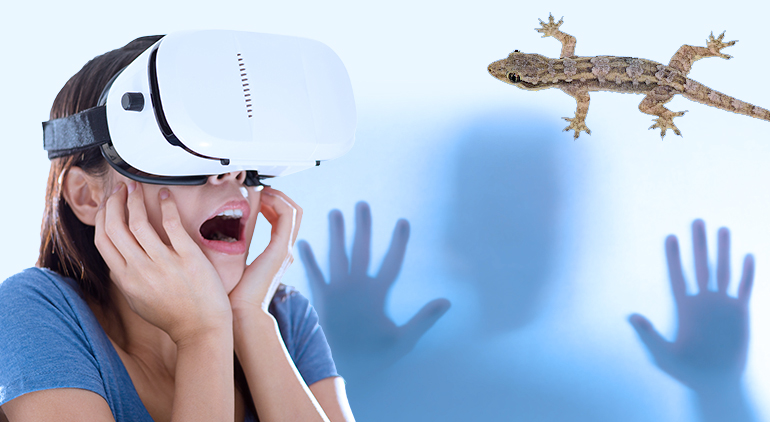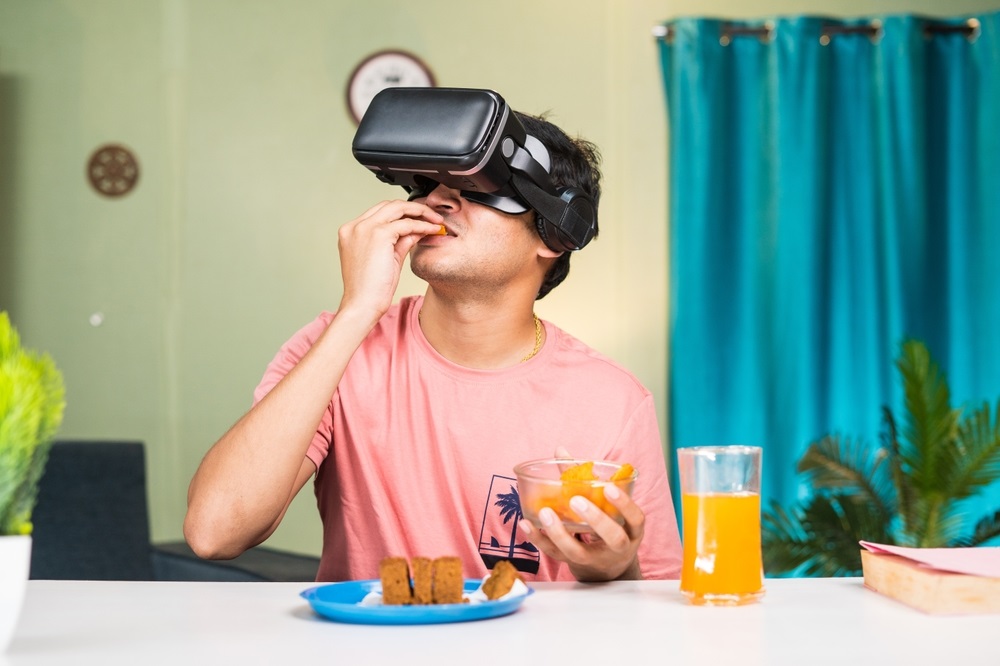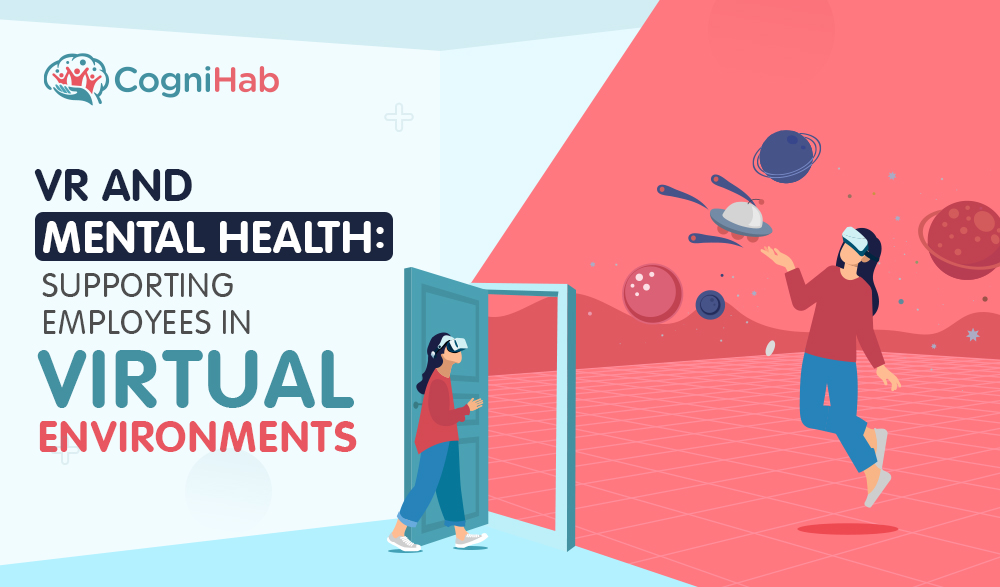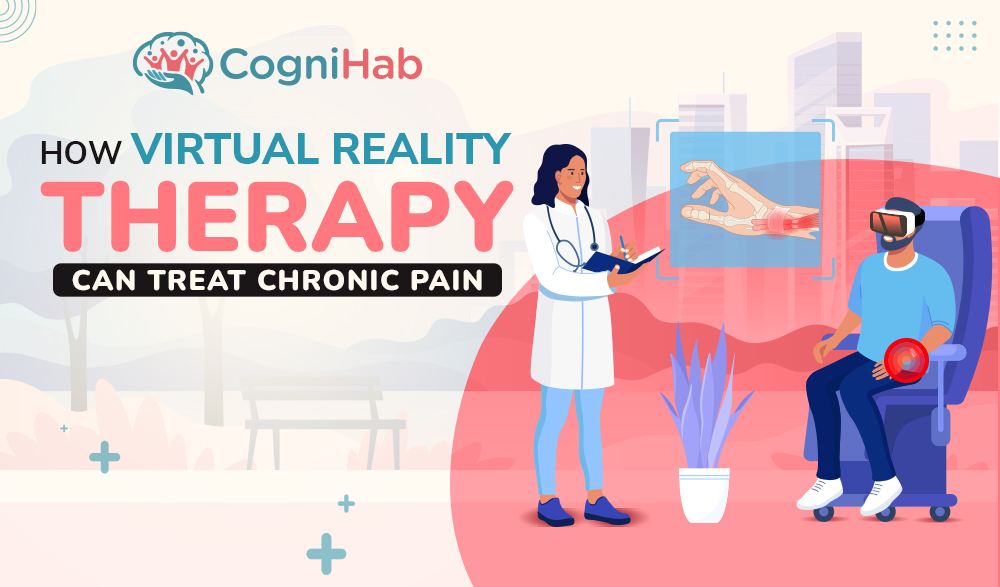VRET: Reinventing Exposure Therapy Through Virtual Reality
There are many major applications across the medical field for Virtual reality therapy. One example includes vision therapy and the latest one is COVID anxiety reduction. We will discuss this particular use case later on. Let us first look at the broad spectrum of VR exposure therapy. According to Globe News Wire,
- VRET global market will reach a CAGR of 35.5% from 2020 to 2026.
- Integration of IoT and AI in the healthcare segment is expected to drive this growth.
- The market is expected to be dominated by the Asia-Pacific region.
There are close to 44 Million people around the world suffering from some form of mental discomfort. VRET is a cost-effective and tech-driven alternative to traditional treatments.
Related posts: Virtual Reality Rehabilitation Vs Physical Therapy
It is expected to be a viable alternative for treating phobias, PTSD, and overall drug administration. Let us take a look at some more benefits of VRET over traditional treatments.
Advantages of VRET
• Cost-effectiveness and efficiency
VRET is an affordable treatment for individuals with PTSD. The affordability lies in its potential. Being able to recreate the triggers and deploy them in a safe environment under supervision was not possible before the intervention of VRET.• Personalized
VRET enables therapists to select the VR contents according to the individual’s symptoms and age. One can replicate the exact trigger elements. This sort of extreme personalization also increases the response that the patient can exhibit to the treatment.• Better monitoring
In VRET, it becomes easy for the therapists to acknowledge what the patient feels, understands, and reacts to the defined stimuli, and can thus supervise and observe the patient more effectively.With the device collecting data continuously, the practitioner gets a vivid idea of what the patient is experiencing and what the patient is expecting. This adds to the patient education engagement as well.
There is widespread adoption of VR headsets into the healthcare sector owing to these advantages. Grand View Research has summarized that the virtual reality healthcare market will experience a CAGR of 27.2% from 2021 to 2028.
This is across applications including surgeries, diagnostics, rehabilitation, training, and healthcare education.
However, the behavior therapy market post the pandemic is expected to reach $187.4 Billion by 2025 (Industry ARC). This means that in 5 years, extensive adoption of VR for exposure therapy will be seen on a global scale.
So who is at the forefront of this adoption?
Use Cases of Virtual Reality in Exposure Therapy
• Shenzhen Mental Health Centre successfully conducted a VRET intervention for COVID anxiety. Patients were able to experience their fears in a safe environment and gain the mental prowess to suppress it. For example, simulating scenarios such as holding door handles and sneezing.
• Weill Cornell Medicine is experimenting with virtual reality as well. They have categorized their VRET study into clinical research, trauma treatment, WTC-related treatment, and PTSD treatment.
• The VR-IT (Virtual Reality and Immersive Technology) clinic at Stanford is developing VR-powered biometric devices to provide VRET. They are addressing a wide array of concerns. This includes phobias, OCD, PTSD, trauma, addiction, anxiety, panic disorder, psychosis, and eating disorders along with general anxiety and somatic symptom-related disorders.
• Oxford VR launched its virtual reality therapy in 2020 which was fully automated. NHS integrated the program into their mental health services.
• Lots of other medical institutes and hospitals are using virtual reality for the treatment of diseases and disorders like, speech disorders, cancer, cervical spondylosis, and parkinson's disease, etc.
We can see those leading medical organizations researching and implementing. GME has categorized the current provisions of VRET into six:
- Mental Disorders
- Addiction Management
- Stroke Rehabilitation
- Paediatric Management
- Education
- Medical Application
The key players in the virtual therapy market include Google, TrueVision, Oculus, Atheer, Medical Realities, Sentiar, Sinx VR, Meta Medical VR, Echopixel, Samsung Electronics, and Virtually Better among a lot of others.
What can we conclude from these big names adopting this opportunity?
Conclusion
Immersive Touch is a US-based immersive tech company. In 2020 it won the UK Digital Experience Award for its virtual therapy program involving VRET. This shows the success of VRET.
Though the tech is in infancy and the market is still in the adoption stage, there is little doubt about its effectiveness. The time is apt now for therapy clinics, surgical centers, research organizations, and training facilities to adopt this booming tech and sculpt their own unique VRET solutions.
Mental health is important at every stage of life. If one experiences any mental health problems almost everything else in life gets affected. Now using virtual reality for mental health, help is within reach. The hike in the implementation of technology in healthcare has resulted in the increased importance of VRET.
Increased government spending on the healthcare sector after the pandemic scare is adding to the benefit of tech adoption and implementation.
Cognihab specializes in Virtual Reality based innovations in the Healthcare field. Our Anxiety Reduction Suite sports state-of-the-art provisions that promise mood upliftment in just 8 minutes. To learn more, visit us at www.cognihab.com.







